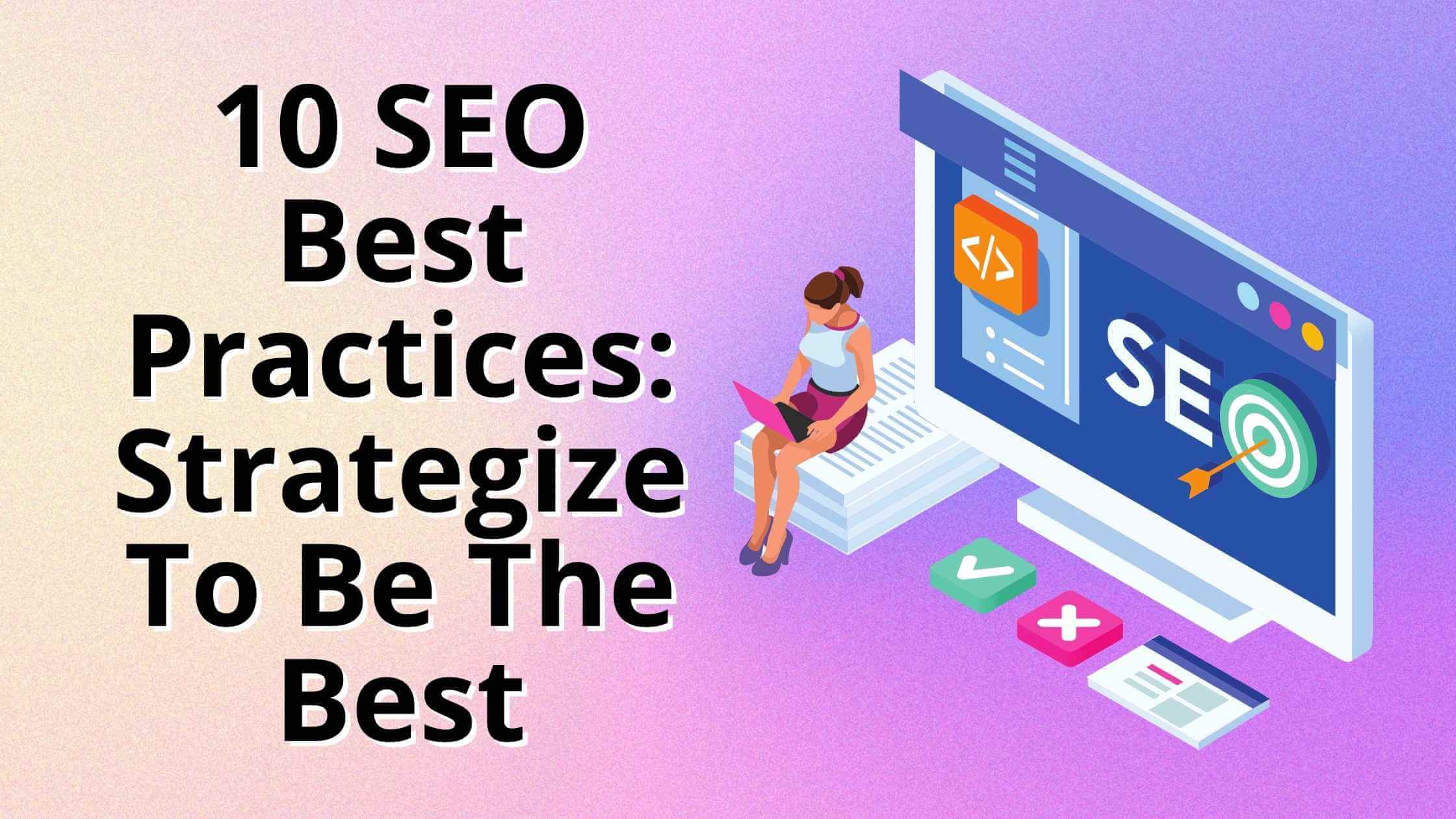Introduction
In the increasingly competitive landscape of digital marketing, brands are constantly seeking innovative ways to capture the attention and imagination of their audience. Amidst the noise of advertisements and promotional messages, storytelling has emerged as a powerful tool for brands to connect with consumers on a deeper, more emotional level.

1. Creating Emotional Connections:
Storytelling allows brands to transcend the transactional nature of traditional marketing and create genuine emotional connections with their audience. By weaving narratives that resonate with the values, aspirations, and experiences of their target demographic, brands can evoke powerful emotions such as joy, empathy, and nostalgia.
Example:
Consider the iconic Coca-Cola holiday commercials, which tell heartwarming stories of friendship, community, and generosity. By centering their advertisements around themes of togetherness and joy, Coca-Cola has succeeded in fostering a strong emotional bond with consumers and becoming synonymous with the spirit of the holiday season.
Here are five ways to create emotional content

2. Building Brand Identity and Personality:
Effective storytelling helps brands define and communicate their unique identity and personality to the world. By crafting narratives that showcase their values, mission, and vision, brands can differentiate themselves from competitors and carve out a distinct place in the hearts and minds of consumers.
Example:
Take Nike’s “Just Do It” campaign, which has become synonymous with empowerment, determination, and resilience. Through compelling storytelling featuring athletes overcoming adversity and pushing their limits, Nike has established itself as a champion of individuality and inspiration, resonating with consumers worldwide.
3. Engaging and Captivating Audiences:
Storytelling has the power to captivate and engage audiences in a way that traditional marketing tactics cannot. By telling compelling stories that unfold over time, brands can hold the attention of their audience, spark curiosity, and encourage deeper exploration of their products or services.
Example:
Dove’s “Real Beauty” campaign is a prime example of storytelling that captivates and engages audiences. Through thought-provoking videos and advertisements that challenge societal norms and celebrate diversity, Dove has sparked conversations and inspired millions to rethink conventional standards of beauty.
4. Driving Action and Influence:
Ultimately, the goal of storytelling in digital marketing is to inspire action and influence behavior. By crafting narratives that resonate with their audience’s values and aspirations, brands can motivate consumers to take desired actions, whether it’s making a purchase, sharing content, or joining a movement.
Example:
Patagonia’s commitment to environmental activism is evident in its storytelling efforts, which highlight the brand’s dedication to sustainability and conservation. By sharing stories of environmental stewardship and advocating for social and environmental causes, Patagonia has cultivated a loyal community of customers who align with its values and mission.
We're looking forward to start a new project
Let's take your business to the next level!
Conclusion
In conclusion, storytelling is a powerful tool in the arsenal of digital marketers, offering the ability to create emotional connections, build brand identity, engage audiences, and drive action. By harnessing the power of storytelling, brands can elevate their marketing efforts and forge meaningful connections with consumers that transcend the transactional nature of commerce.


